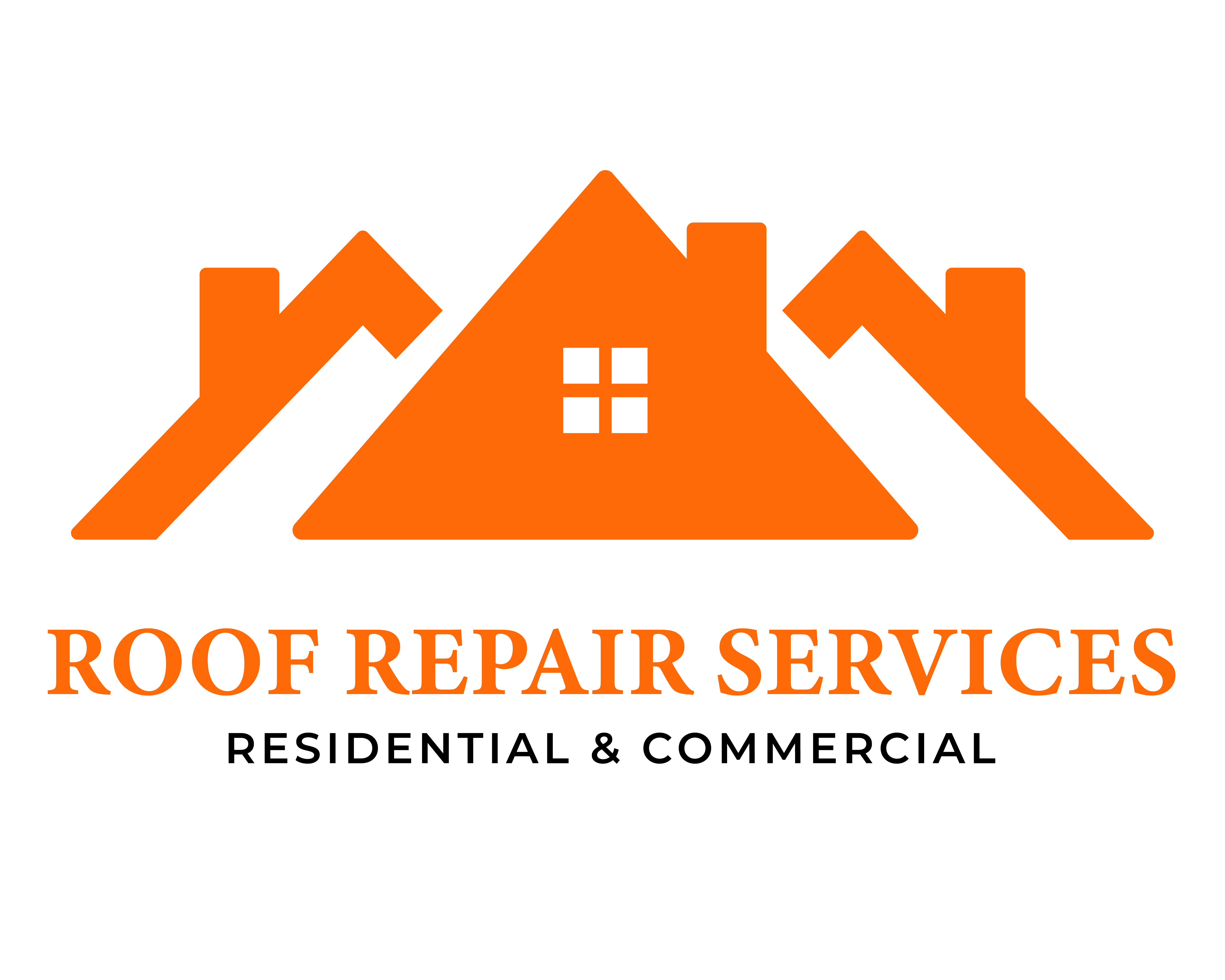Cost-Effective Commercial Roof Maintenance: Repairing Now vs. Replacing Later - Roof Repair Services
- Home
- Cost-Effective Commercial Roof Maintenance: Repairing Now vs. Replacing Later
Car Repairing
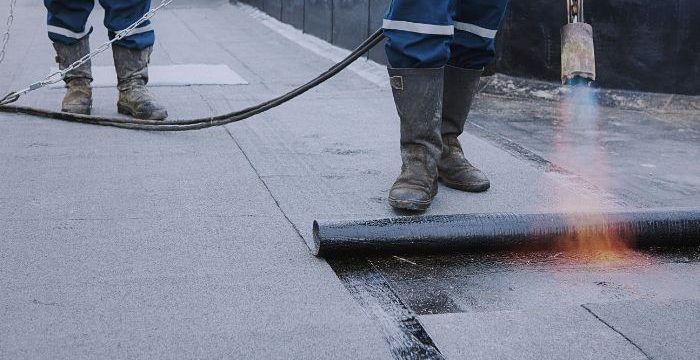
- August 9, 2023
- By: hostaus
- Repairs
- Comments: 0
Cost-Effective Commercial Roof Maintenance: Repairing Now vs. Replacing Later
Maintaining a commercial roof is a critical component of preserving the structural integrity and energy efficiency of any commercial building. For building owners, the decision between opting for timely roof repairs versus a complete roof replacement is crucial. The approach to commercial roof maintenance can significantly impact the longevity of the roof, the energy costs, and ultimately, the financial health of the property. This article explores the cost-effective strategies for maintaining commercial roofs, focusing on the benefits of timely repairs versus the potential necessity of replacing the roof later.
Understanding the Costs: Repair vs. Replacement
When managing commercial properties, building owners are often faced with the dilemma of whether to repair or replace their existing roof. The cost-effective approach depends on several factors, including the age of the roof, the extent of the damage, and the current roofing materials. Roof repair tends to be less expensive upfront, involving simple repairs like patching leaks, reinforcing the roof deck, or applying a new roof coating. These minor repairs can prevent leaks and other issues from escalating into more significant problems.
On the other hand, a full roof replacement is a substantial investment that involves removing the existing roof and installing a new one. While this option may seem costly, it can be more cost-effective in the long run, especially if the current roof is nearing the end of its expected lifespan or has suffered extensive damage. The labor costs, material costs, and potential utility expenses from an outdated roof that is no longer energy efficient should also be considered.
Signs Your Commercial Roof Needs Immediate Repair
Regular inspections of commercial roofs are essential for identifying signs of damage before they necessitate a complete roof replacement. Building owners should look out for warning signs that indicate the need for immediate roof repairs. These include:
- Persistent Leaks: Leaks that recur after minor repairs often indicate underlying issues that require more extensive repair work.
- Ponding Water: Water that collects on the roof surface without draining properly can lead to structural damage and compromise the waterproofing membrane.
- Rising Energy Bills: An increase in cooling costs may suggest that the roofing system is no longer optimizing energy efficiency, possibly due to damaged roofing materials.
- Visible Damage: Cracks, tears, or other visible damage to the roofing material can lead to water infiltration and further roof damage.
- Age of the Roof: If the roof is approaching or has exceeded its expected lifespan, it may be more prone to damage, making regular maintenance and minor repairs more frequent and costly.
Timely roof repairs address these issues before they worsen, extending the roof’s lifespan and delaying the need for a complete replacement.
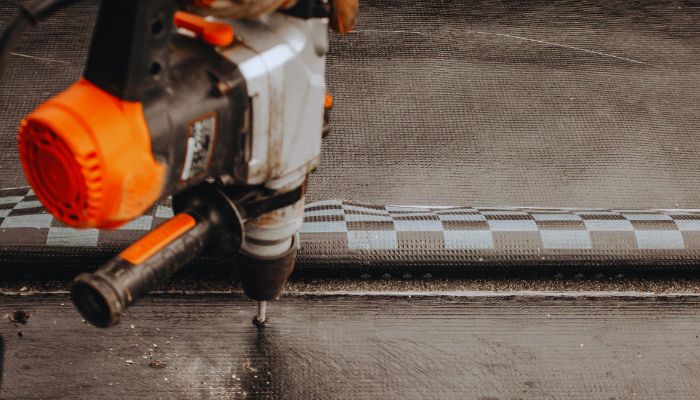
The Long-Term Benefits of Timely Roof Repairs
Opting for timely repairs rather than delaying maintenance until a full roof replacement is necessary offers several long-term benefits for commercial properties. One of the most significant advantages is the preservation of the roof’s structural integrity. Addressing minor issues early prevents them from developing into more severe structural damage that could compromise the entire building.
Timely repairs also contribute to the roof’s energy efficiency. For example, repairing a damaged roof deck or replacing worn-out roofing materials can lower energy costs by reducing heat transfer and preventing air leaks. This is particularly important for commercial buildings where utility expenses can be substantial. By maintaining the roofing system, building owners can avoid the inefficiencies that lead to rising energy bills and higher cooling costs, which are often associated with outdated roofs.
Another benefit is the reduction of costly repairs in the future. Regular maintenance helps identify and address minor issues before they escalate into major problems that require expensive fixes. This proactive approach not only extends the life of the roof but also reduces the likelihood of needing a full replacement, which is a significant financial burden for building owners.
Furthermore, maintaining the roof’s waterproofing membrane through timely repairs prevents water infiltration, which can lead to structural issues within the building. Persistent leaks that are not addressed promptly can damage the underlying structure, leading to costly repairs that go beyond just the roof. By keeping the roof in good condition, building owners protect the overall health of the building and avoid unexpected repair costs.
Cost-Effective Commercial Roof Maintenance: Replacing Later
When it comes to commercial roof maintenance, building owners must weigh the costs and benefits of roof repair versus roof replacement. While timely repairs can extend the life of a commercial roof, there are situations where a complete roof replacement may be the more cost-effective long-term solution. This part of the discussion focuses on when it might be necessary to replace your commercial roof, the factors that influence this decision, and how a full roof replacement can be a strategic investment in your commercial property.
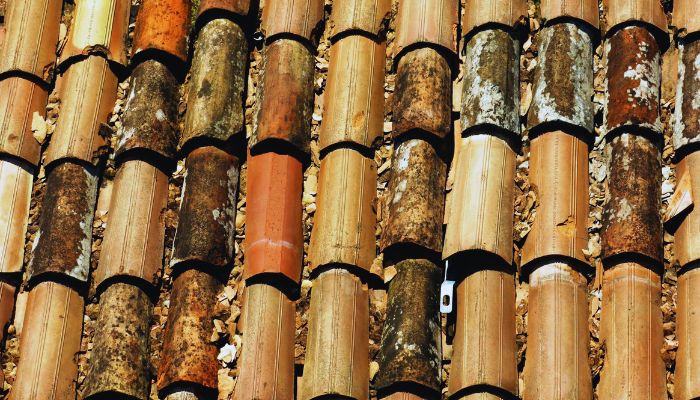
When Is Replacement the Better Option?
Replacing a commercial roof is a substantial investment, but it can be the most cost-effective solution when the existing roof has reached or exceeded its expected lifespan. The age of the roof is a critical component in the decision to repair or replace. Roofing materials, such as metal roofs, have a certain lifespan, and once that period is nearing its end, the roof’s structural integrity may be compromised.
Roofing systems that show persistent leaks, extensive roof damage, or have undergone numerous minor repairs in the past may no longer be viable for simple repairs. In these cases, a complete replacement can prevent costly repairs and structural issues in the future. Additionally, if the roofing system has outdated roofing materials that no longer optimize energy efficiency, replacing the roof can result in lower energy costs and improved energy efficiency, especially in older commercial buildings where cooling costs are high.
Comparing Short-Term and Long-Term Costs
The decision to repair or replace your commercial roof often comes down to a comparison of short-term and long-term costs. Roof repairs might seem more cost-effective initially, as they typically involve lower labor costs and less disruption to the business. However, if the roof is old or has significant underlying issues, these repairs can become frequent and costly, making them a less cost-effective solution in the long run.
On the other hand, a full roof replacement involves a higher upfront cost, but it can be a long-term investment that pays off by extending the roof’s lifespan, enhancing energy efficiency, and reducing the need for future repairs. A new roof with modern roofing materials and a proper roof coating can prevent leaks and reduce utility expenses by improving the building’s energy efficiency. This is particularly beneficial for commercial properties with outdated roofs that are driving up utility costs due to poor insulation and energy inefficiency.
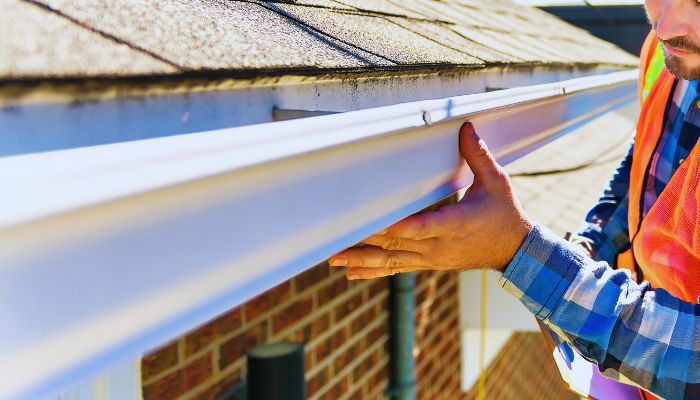
Choosing the Right Strategy: Repair or Replace?
Deciding whether to repair or replace your commercial roof requires careful consideration of several factors. Regular inspections are crucial for identifying the extent of roof damage and determining whether minor issues can be addressed through repairs or if a full replacement is necessary. Building owners should consult with commercial roofing experts to assess the roof’s condition and recommend the most cost-effective solution.
One of the key considerations is the roof’s structural integrity. If the underlying structure has been compromised due to water damage, persistent leaks, or other issues, repairing the roof may only provide a temporary fix. In such cases, a complete roof replacement is often the better option to ensure the long-term stability of the commercial building.
The type of roofing material also plays a significant role in the decision-making process. For example, if the current roof consists of outdated materials that are no longer energy efficient, replacing the roof with modern, energy-efficient roofing systems can lead to significant savings in utility expenses. Additionally, if the roof deck or roof surface shows signs of deterioration, a new roof may be required to prevent further damage and maintain the building’s roofing system in good condition.
Conclusion: Making the Most Cost-Effective Decision
In conclusion, the decision to repair or replace a commercial roof is a critical one that impacts the long-term performance and cost-effectiveness of a commercial property. While timely repairs can extend the life of a roof and delay the need for a complete replacement, there are situations where replacing the roof is the more prudent choice. A full roof replacement, though a substantial investment, can provide long-term benefits by enhancing the roof’s lifespan, improving energy efficiency, and reducing the likelihood of costly repairs in the future.
For building owners, working with a reputable commercial roofing service is essential to making the right decision. By conducting regular inspections and assessing the condition of the existing roof, commercial roofing experts can recommend whether repair or replacement is the most cost-effective strategy. Ultimately, the goal is to protect the commercial building, optimize energy efficiency, and ensure that the roofing system continues to perform effectively for years to come.
Investing in a new roof when necessary is not just about avoiding rising energy bills or costly repairs; it’s about making a long-term investment in the commercial property. Whether it’s addressing structural issues, replacing an outdated roof, or simply enhancing the building’s overall performance, the right approach to commercial roof maintenance can save building owners money in the near future and ensure the longevity of their investment.
